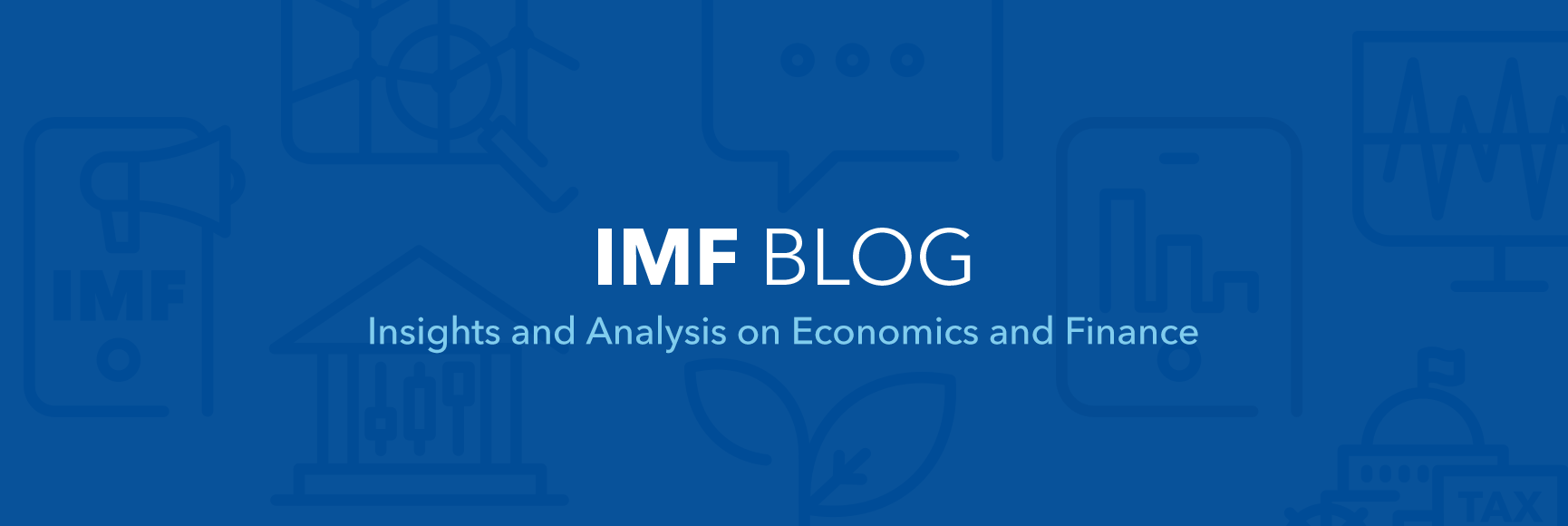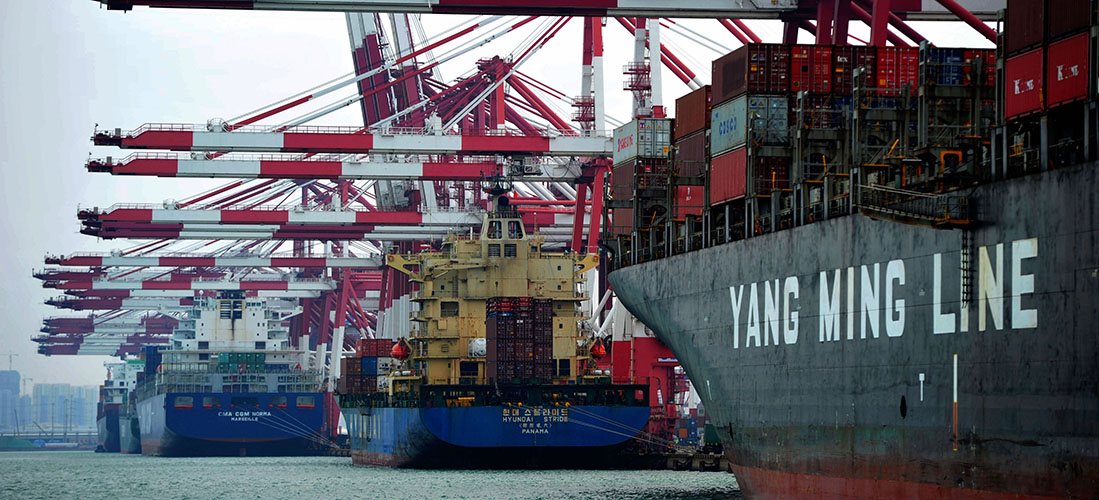(Version in Español)
Last week I attended the Annual Meeting of the Inter-American Development Bank in Montevideo, Uruguay where I gave a preview for growth in the region.
If I had to summarize the global backdrop for Latin America in four words, I would say “favorable, but still risky.” The global setting is favorable for two reasons:
- First, some of the recent data has come in a bit stronger than expected, particularly figures on U.S. economic activity and employment. In the emerging markets sphere, growth remains fairly solid. Notably, China continues to put in a good performance, even though growth is easing and its exports are down somewhat. Good growth in Asia supports demand for Latin America’s key commodity exports, keeping terms of trade favorable.
- Second, major countries have taken some important policy steps to underpin global growth and stability. In Europe, the European Central Bank’s Long Term Refinancing Operation has eased liquidity pressures for European banks and sovereigns and headed off a large deleveraging that would have crimped growth. Also, stronger fiscal adjustment programs and progress in resolving Greece’s stresses have supported confidence. In the United States, the Federal Reserve’s lengthening into 2014 of its commitment to maintain ultra-low interest rates, along with the extension of payroll tax relief and unemployment benefits, are bolstering demand and employment.
Overall, conditions and the outlook remain relatively favorable for the region. Commodity prices continue to ride high, despite some recent setbacks, thanks to buoyant emerging-market demand. Accommodative monetary policies in the major countries, and ample liquidity, maintain easy financing conditions for the more creditworthy countries. Indeed, the reemergence of strong capital inflows is again putting unwelcome upward pressure on exchange rates in some financially-open countries.
A bright spot in a gloomy world
What does all this mean for the outlook? Based on our January global forecast—and I should note, the spring forecasts that we have yet to release may not look all that different, but somewhat better—growth for Latin America and the Caribbean is projected to slow from 4½ percent in 2011 to close to 3½ percent this year. This 3½ percent is close to the average growth rate for the region over the past decade.
On first glance, that seems disappointing, but considering that growth in the major countries is so lukewarm, it’s actually a respectable showing for the region. Clearly, global uncertainties have weighed on Latin America, but most economies are nevertheless growing close to potential and operating near full capacity, as shown by record low unemployment in many economies. Demand and credit growth have moderated, but continue to expand briskly, in some countries supported by public financial institutions. Overall, Latin America stands out as a relatively bright spot in a gloomy world scene.
But before the region gets too comfortable, let me be clear about what’s assumed in this outlook. Three assumptions are key, particularly for the near-term outlook:
- First, Europe takes the remaining steps to resolve its crisis, most importantly by strengthening the firewall around the most vulnerable countries and breaking the adverse feedback loop between sovereign and financial risks.
- Second, U.S. fiscal policy strikes the right balance between medium-term stability and near-term support for activity; and
- Third, geopolitical tensions remain contained, heading off a sharp and prolonged spike in oil prices.
If any of these assumptions were proven false, the associated risks could derail the fragile global recovery and spark volatility in global financial markets. For Latin America, this could mean falling commodity prices, weaker export demand, and tightening of financial conditions—a toxic mix for growth. Let me add that an oil shock would not only squeeze global demand, but also hit the prices of metals and food, which are key exports for the region.
Policy priorities
What should Latin American policymakers do, faced with this outlook and risks? In our view, they should take a number of steps:
- Continue to use monetary policy as the first line of defense against risks, but only where frameworks are credible and inflation is well anchored;
- Maintain exchange rate flexibility, a proven shock-absorber;
- Continue rebuilding fiscal buffers to bring public debt back to pre-Lehman levels. Premature fiscal stimulus should be avoided; change course only if extreme risk materializes;
- Macroprudential policies should remain part of the toolkit, but are no substitute to sound macroeconomic policies. They should be used to prevent the buildup of financial sector vulnerabilities; in the downside, they can be used to avoid funding or liquidity pressures.
- Financial supervision should be strengthened further (including by addressing information gaps) to head off bubbles in domestic credit markets.
- Finally, for countries that have appropriate fiscal and macroprudential policies, but still face excessive capital inflows, capital flow measures remain an option.
Stepping back from these details, we should recognize that this is a unique time for the region. It has proven its resilience through two major crises, Lehman and the Euro area. Indeed, investors have rewarded countries in Latin America for their track records of good policy conduct by pouring money into their markets, pushing up exchange rates, and in some instances, risking overheating.
But while now is not a time for excessive worry, or premature policy stimulus, it is also not a time for overoptimism, or complacency. The region is still prone to boom-bust cycles, and sustained strong credit growth should remind us of the need to continue to guard against financial excesses. Latin America should continue to show policy leadership by managing the good times well and preparing for bad times, as I discussed above—which itself is the best way to make sure that good times last.




